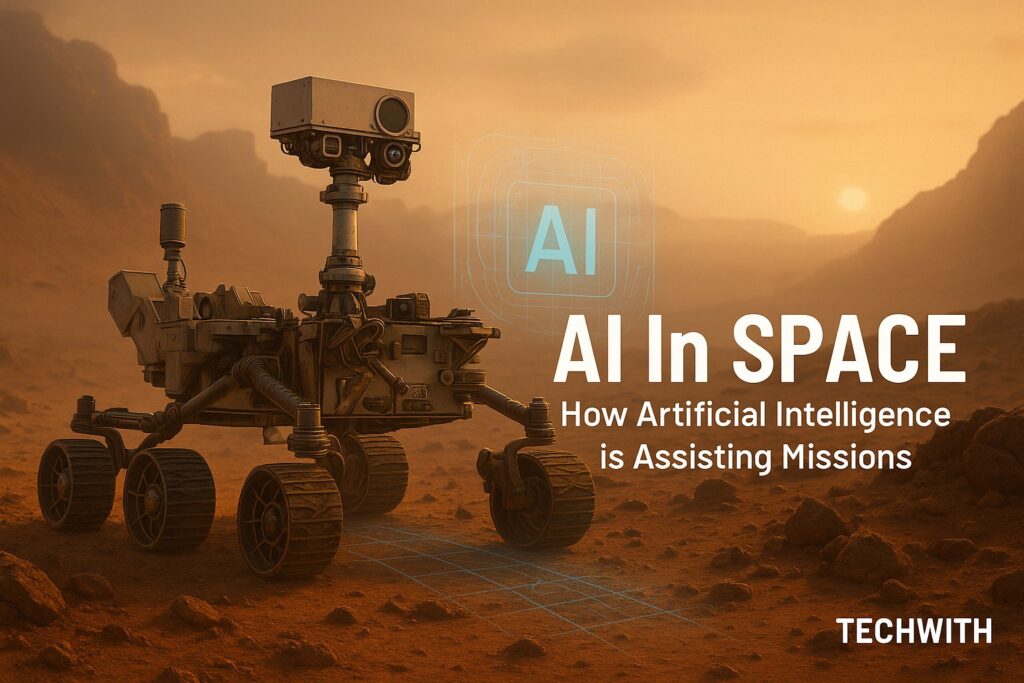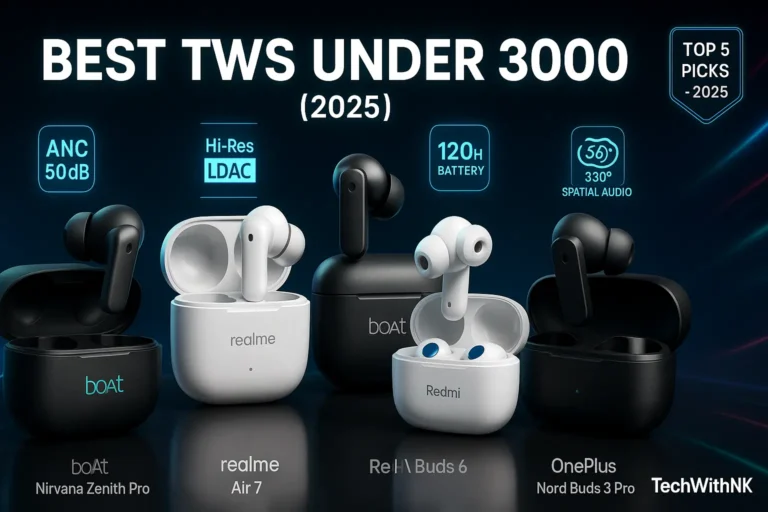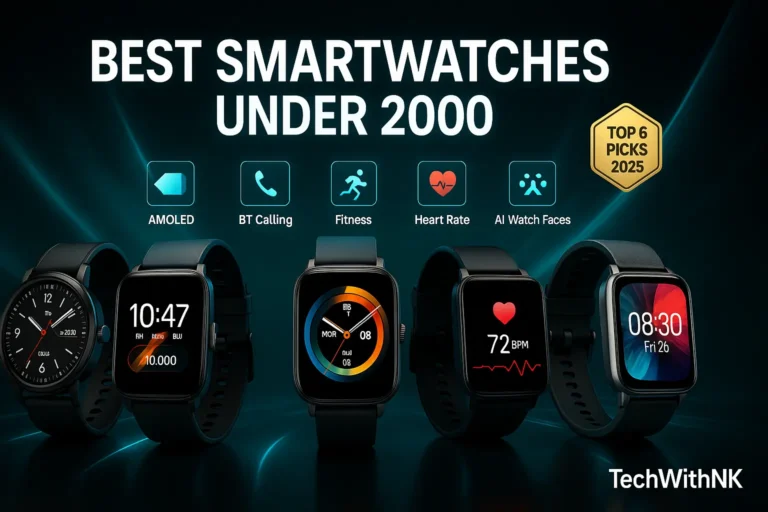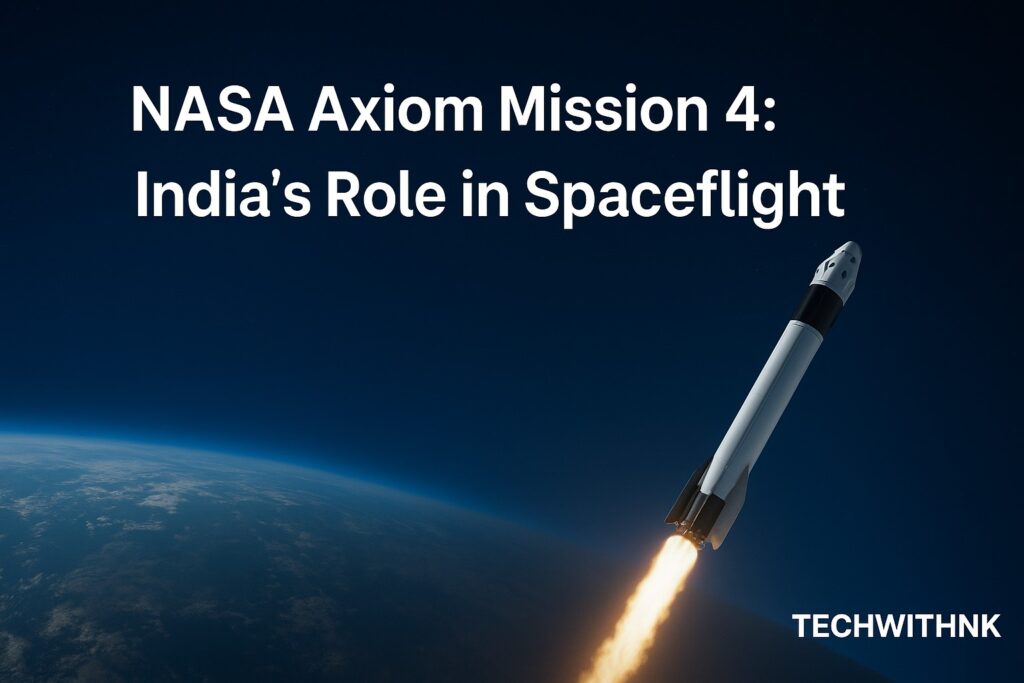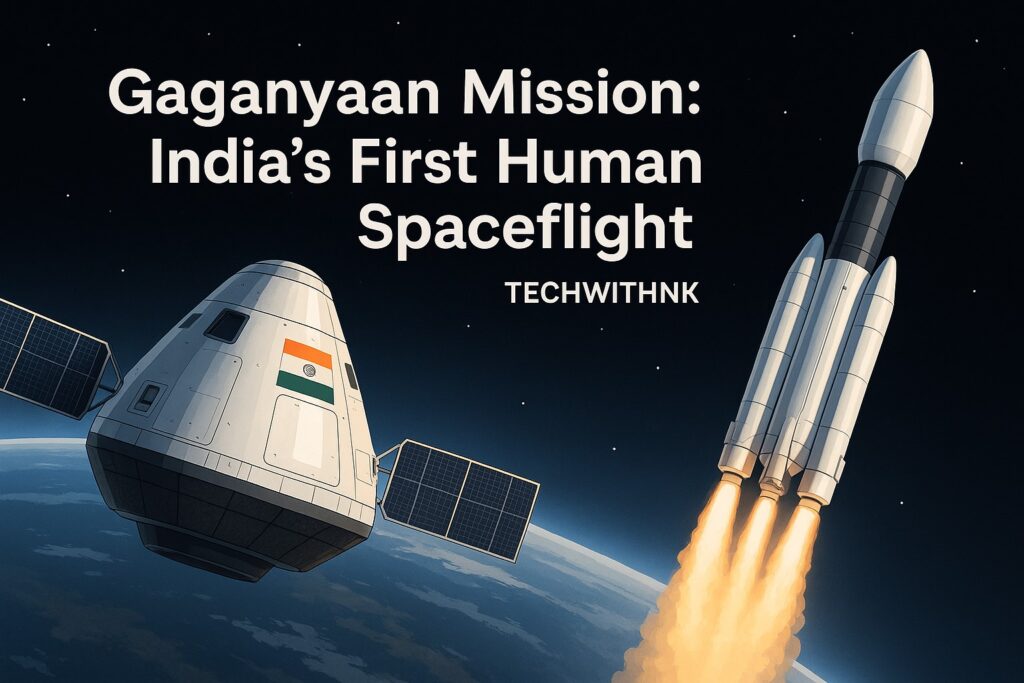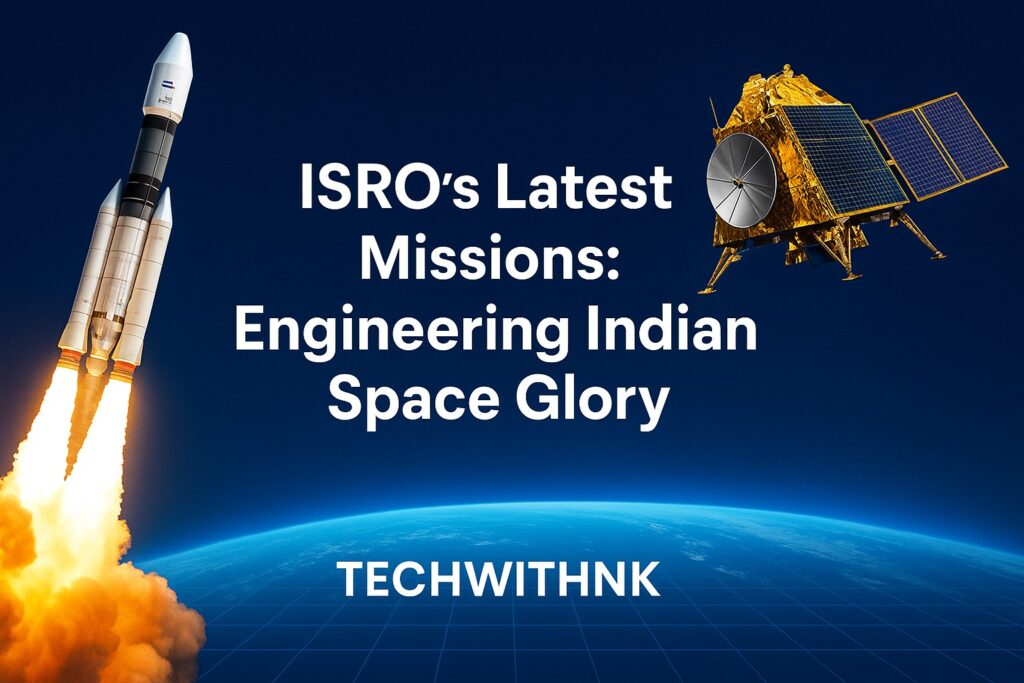Table of Contents
ToggleAI in Space: How Artificial Intelligence is Assisting Missions
Introduction
The dream of exploring the cosmos has pushed human ingenuity to unimaginable heights. From the first satellites to interplanetary missions, space exploration has always relied on the best available technology. Today, one of the most transformative forces reshaping space missions is artificial intelligence (AI). From autonomous navigation to scientific data analysis, AI is helping space agencies push the boundaries of what’s possible.
This blog dives deep into how AI is empowering space missions, its key applications, real-world examples, benefits, and what the future holds for the partnership between human intelligence and artificial intelligence in the final frontier.
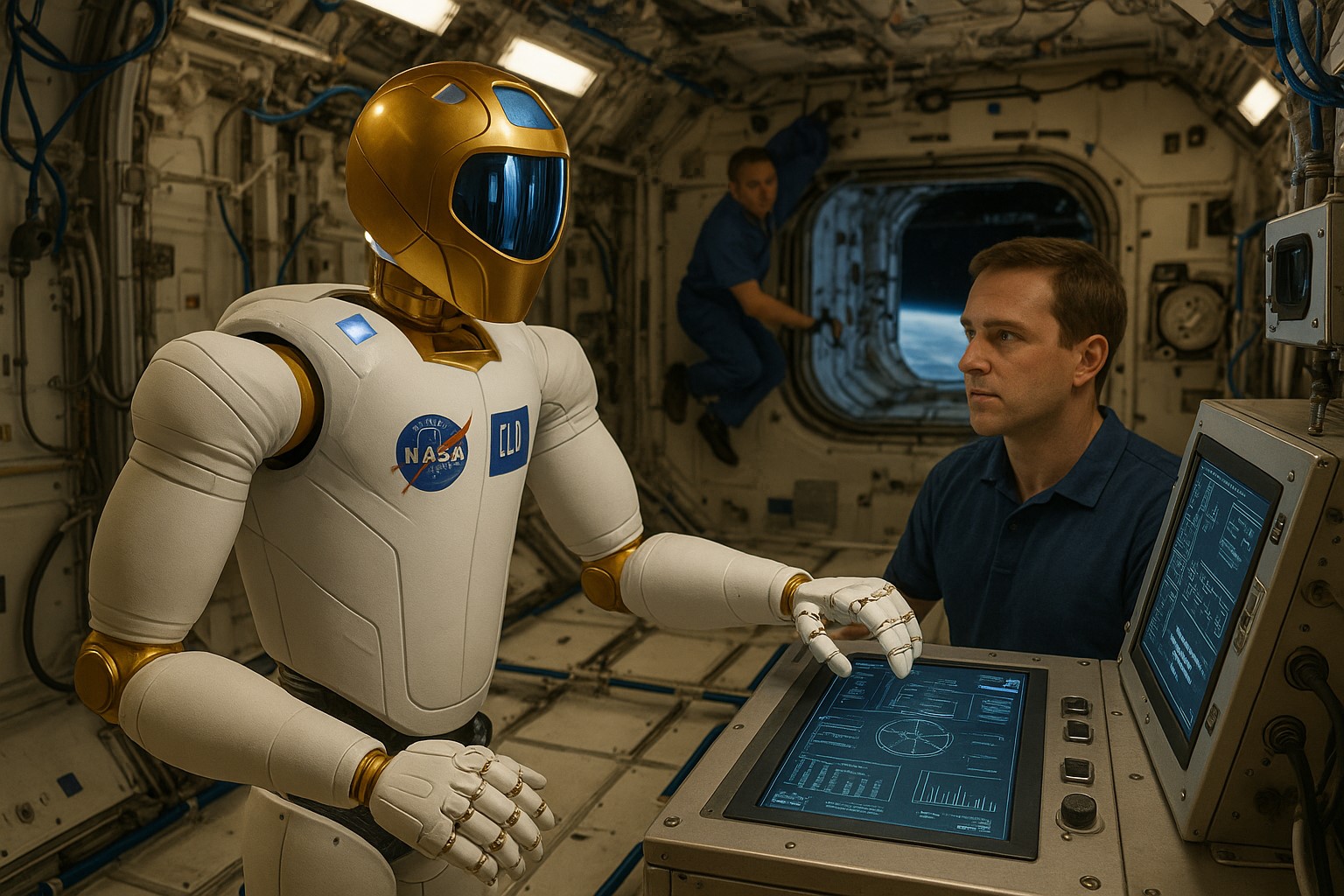
Why Artificial Intelligence is Crucial for Space Missions
Space is a harsh and unpredictable environment, with missions often lasting months or years. Communications delays, limited resources, and the complexity of space systems all make human supervision difficult, if not impossible.
AI addresses these challenges by:
Enabling autonomy: allowing spacecraft or rovers to make decisions on their own
Processing massive data: analyzing images, sensor data, and signals rapidly
Optimizing resources: improving fuel consumption, path planning, and power usage
Enhancing safety: detecting faults or unexpected threats in real time
As a result, AI systems are increasingly being integrated into nearly every aspect of modern space operations.
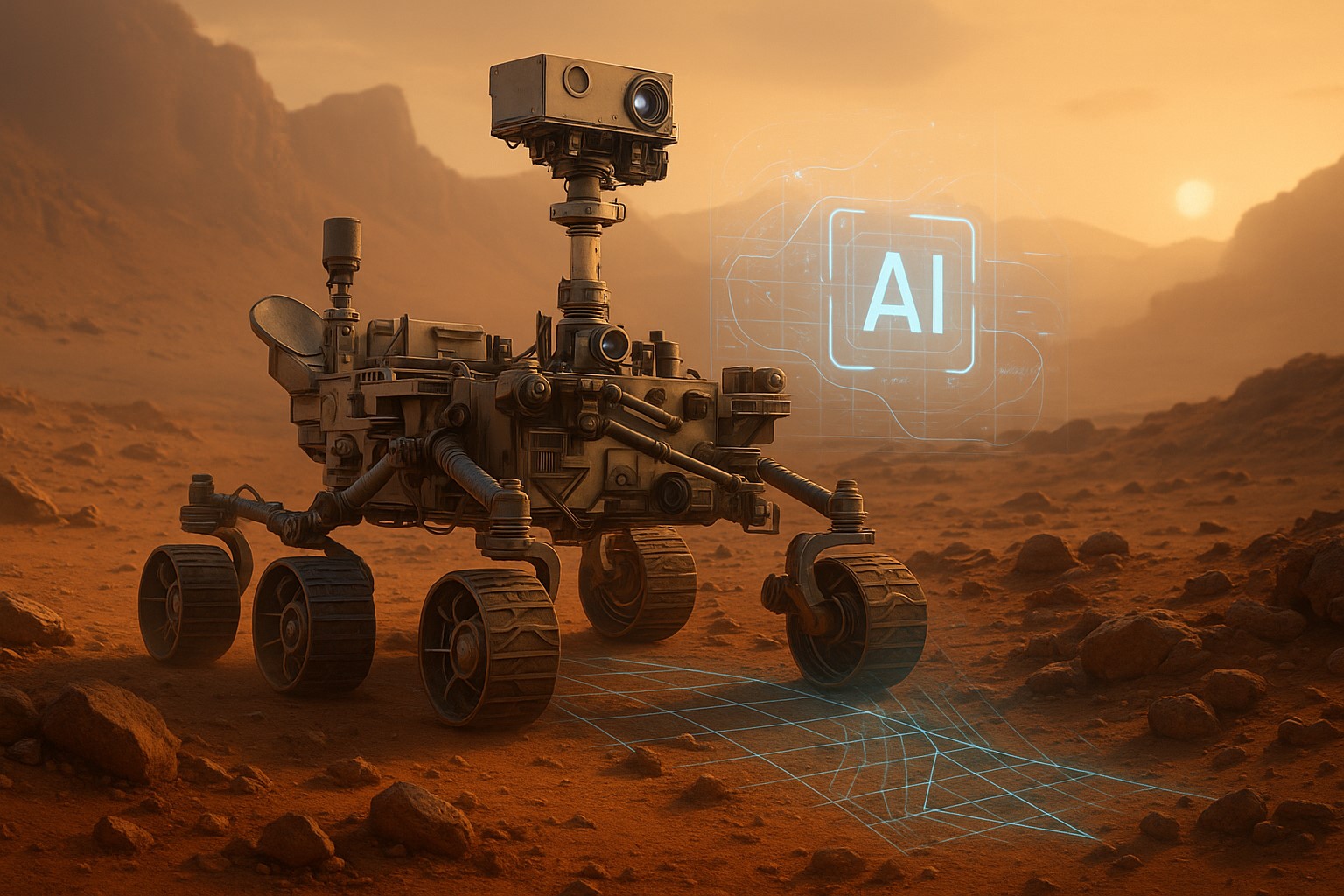
Key Applications of AI in Space
Let’s break down the major ways AI is revolutionizing space missions:
1. Autonomous Navigation and Guidance
Spacecraft often travel millions of kilometers from Earth. Real-time human control is impractical due to long communication delays. AI allows spacecraft to navigate, avoid obstacles, and make critical adjustments without waiting for ground control.
For example, NASA’s Mars rovers like Curiosity and Perseverance use AI-based navigation to chart safe paths around rocks and cliffs. Their hazard detection systems can make quick decisions about how to proceed — saving time and keeping the mission on track.
2. Robotic Systems and Manipulation
Robots are vital in space, performing tasks that would be dangerous or impossible for humans. AI-powered robots can carry out complex repairs, assemble structures, or handle samples on planetary surfaces.
A great example is Robonaut, a humanoid robot developed by NASA for the International Space Station (ISS), designed to assist astronauts with routine tasks so they can focus on more critical mission objectives.
Similarly, the European Space Agency’s DLR Robot is exploring advanced AI to control dexterous space robots capable of assembling large structures in orbit.
3. Predictive Maintenance and Fault Detection
Space equipment is exposed to extreme radiation, temperature shifts, and microgravity. Breakdowns are costly and sometimes mission-ending.
AI models can predict when a component is likely to fail by analyzing sensor data in real time, allowing maintenance or corrective actions before catastrophe strikes.
For example, machine learning algorithms monitor the ISS’s life-support systems, looking for anomalies that could signal leaks or hardware failures.
Space missions generate massive amounts of data — far more than humans can analyze manually. AI speeds up this process by automatically sifting through images and sensor readings to find valuable insights.
For example, AI has helped astronomers identify thousands of exoplanet candidates in data from the Kepler Space Telescope. These algorithms can spot subtle changes in starlight that might indicate a planet’s presence, something nearly impossible to do by eye alone.
5. Mission Planning and Optimization
AI is also transforming mission planning. Before a rocket even leaves the launch pad, AI can optimize launch windows, fuel consumption, and flight trajectories to minimize costs and maximize safety.
SpaceX, for example, uses AI-based simulations to plan reusable rocket landings with extreme precision. These algorithms learn from past landings to improve guidance for future flights.
6. Space Weather Forecasting
Solar flares, cosmic rays, and other space weather events can be dangerous to both astronauts and spacecraft. AI models trained on decades of solar data can forecast such events, giving mission planners precious time to protect astronauts and hardware.
7. Deep Space Communications
As missions go farther, maintaining communications is a challenge. AI-powered compression and error-correction techniques ensure that valuable data can still be sent back to Earth reliably.
NASA’s Deep Space Network, for example, increasingly uses AI methods to decode weak signals from distant spacecraft.
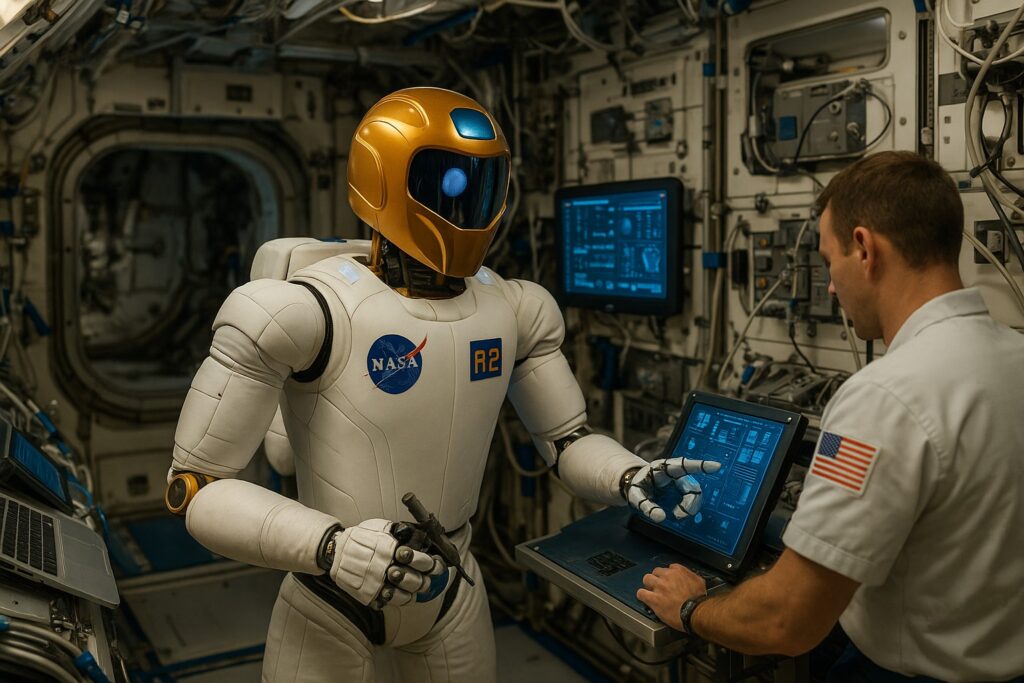
AI Success Stories in Space
To better understand AI’s real-world impact, here are some high-profile mission highlights:
Mars Perseverance Rover: uses an AI system called AutoNav to autonomously plan its route across Mars
Hubble Space Telescope: AI helps process huge images, finding galaxies and stars faster than traditional software
Earth observation satellites: use AI to classify land cover, monitor forests, and track climate change with greater speed and precision
Lunar Gateway: planned to use autonomous AI systems to manage station resources with minimal human oversight
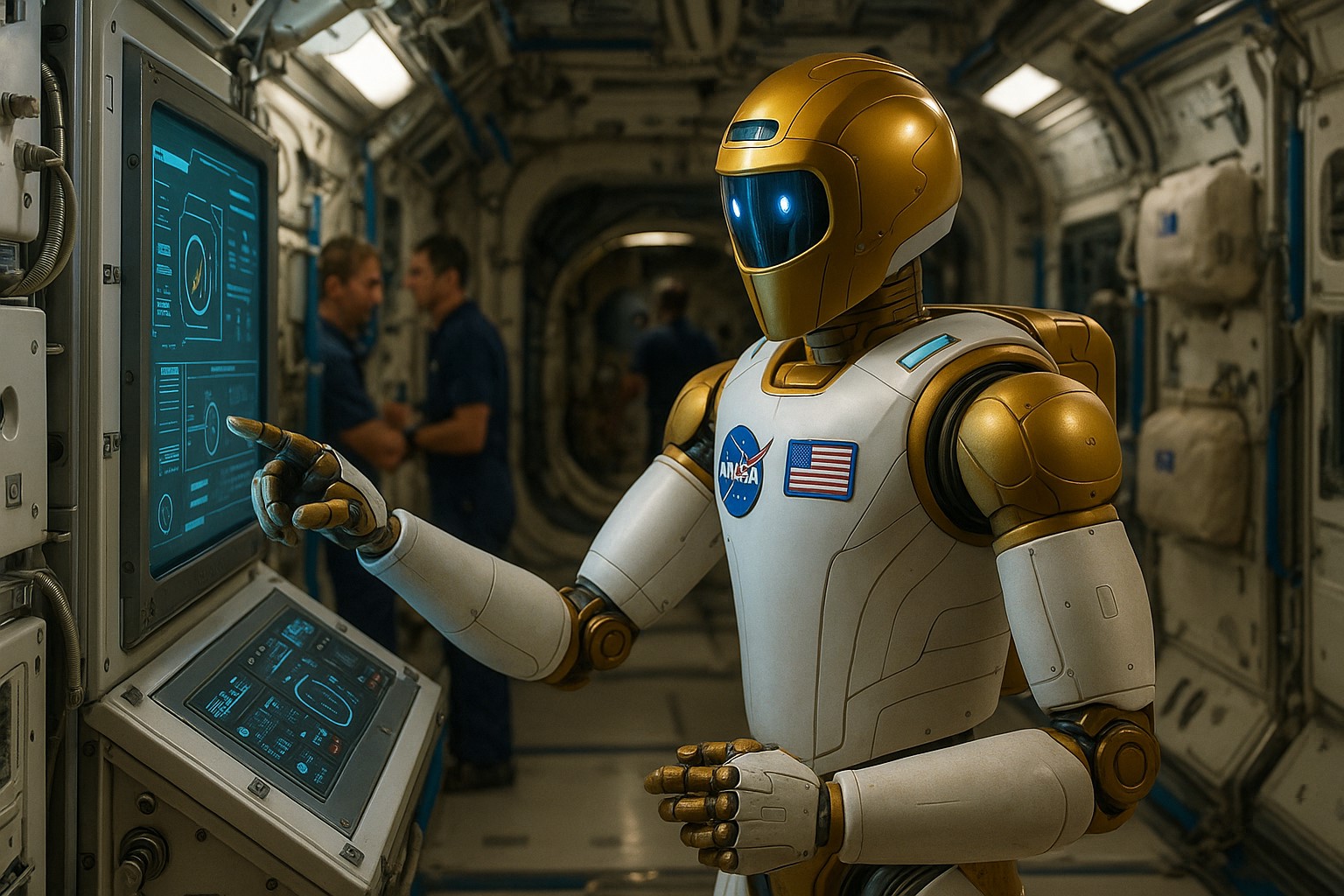
Benefits of AI for Space Exploration
The use of artificial intelligence offers countless benefits, including:
✅ Faster decision-making, crucial during emergencies
✅ Greater mission safety and reduced risk
✅ Ability to explore harsh or remote environments
✅ Increased efficiency and cost savings
✅ More robust, adaptive systems that learn from experience
In a field where seconds count, and mistakes cost billions, AI’s potential is game-changing.
Challenges of Using AI in Space
Of course, AI is not without its challenges:
⚠ Reliability: AI systems must perform flawlessly in harsh environments
⚠ Explainability: space agencies often need to understand why an AI made a particular choice
⚠ Security: preventing cyber-attacks on autonomous systems
⚠ Data bias: ensuring the training data does not introduce hidden biases
⚠ Limited testing: systems must be validated on Earth before deployment
Despite these challenges, the benefits are so compelling that investment in AI for space missions is only accelerating.
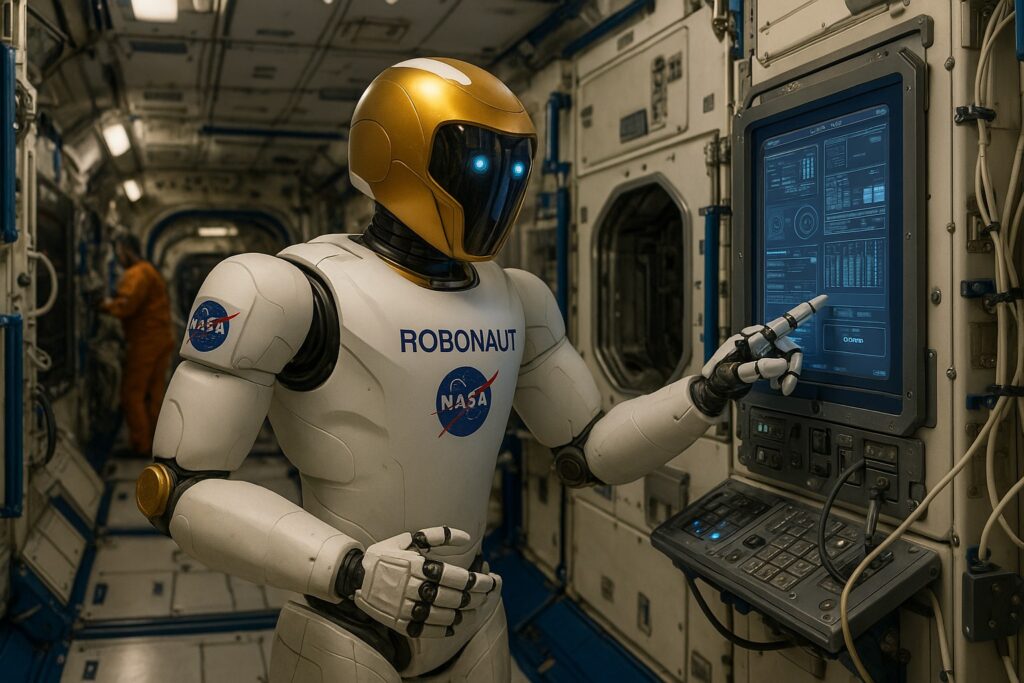
The Future of AI in Space Missions
Looking forward, the role of artificial intelligence in space will only expand. Here’s what the next decade may bring:
🚀 AI-driven planetary exploration: fully autonomous landers exploring moons or asteroids with no human in the loop
🚀 Smart space habitats: AI managing life-support, food production, and repairs in lunar or Martian bases
🚀 Interstellar probes: self-learning systems adapting on their own during journeys lasting decades
🚀 Cooperative swarms: fleets of AI-enabled robots working together to build habitats or harvest resources
🚀 AI astronauts: virtual assistants trained on astronaut procedures helping human crews
Conclusion
Artificial intelligence is no longer science fiction in space. From helping a rover find its path on Mars, to protecting astronauts from solar storms, to discovering new exoplanets, AI is already making space exploration safer, smarter, and more ambitious.
As technology evolves, AI will not replace human explorers — but it will be their essential partner, extending humanity’s reach deeper into the cosmos than ever before.
Can AI replace astronauts?
No. AI is a tool to assist astronauts, not replace them. It handles routine or dangerous tasks so humans can focus on science and mission goals.
Will future missions rely even more on AI?
Absolutely. As we go farther into deep space, AI’s role will grow because humans cannot directly control every aspect of long-duration missions.
What is an example of AI on the ISS?
The Robonaut on the ISS uses AI to perform simple tasks, freeing astronauts for more complex work.

